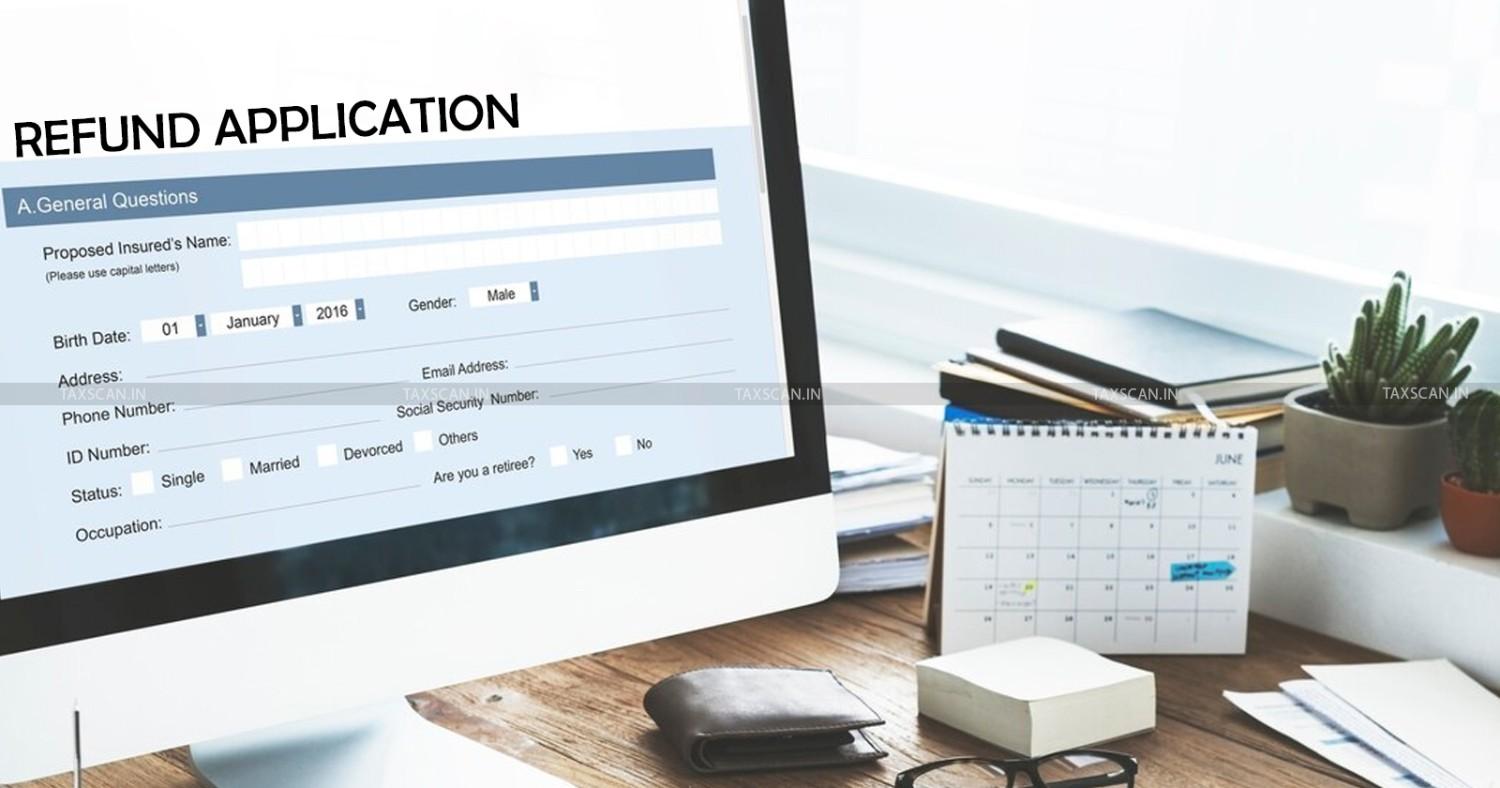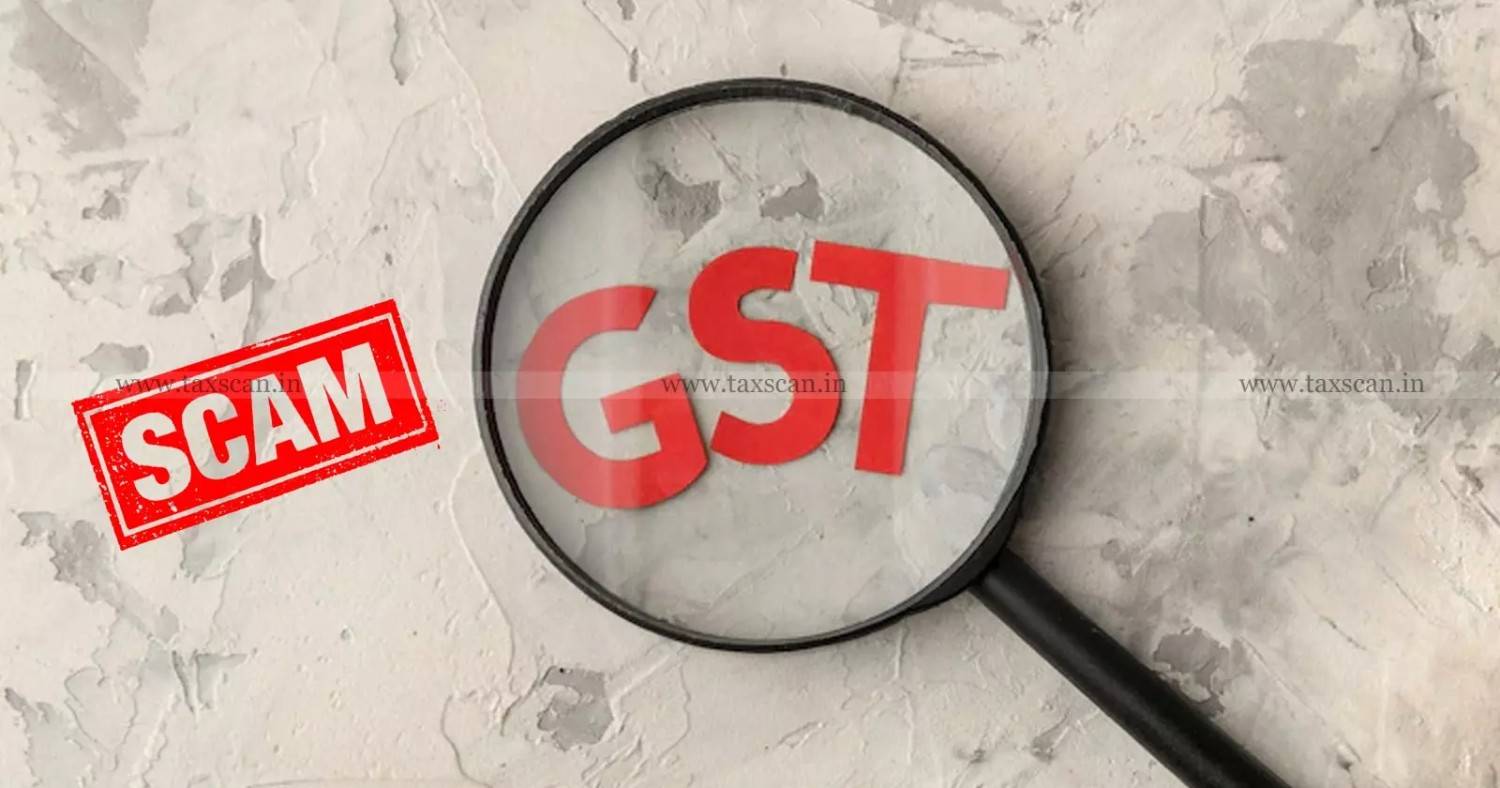Decoding Swiggy’s GST on Rain Fee
Is it legal? How does it work? Who benefits? Read on

It’s 5 p.m. on a rainy Sunday. You’ve got your favourite movie queued up, a blanket wrapped around you, and the monsoon symphony patting at your windows. You’re in the mood for a hot plate of Schezwan fried rice from that one Indo-Chinese restaurant in town. But ah - you do not want to leave the comfort of your home. That’s when you realize you can just Swiggy it!
Driven by the growls from your stomach, you place your order in a haze of hunger. But then, when your stomach stops growling and the food is nearly there, your eyes catch the invoice.
Delivery Fee. Platform Fee. Rain Fee. GST on Rain Fee. Wait ... .GST on Fee for rain??
In that moment of post-order reflection, you’re not just craving fried rice anymore, you’re craving clarity.
 Also Read:Gauhati HC sets aside GST Order Passed without Issuing Proper SCN with DRC-01 u/s 73(1) [Read Order]
Also Read:Gauhati HC sets aside GST Order Passed without Issuing Proper SCN with DRC-01 u/s 73(1) [Read Order]
The Legality of Rain Fee: Are Such Surcharges Allowed?
Swiggy’s Rain Fee is one of several conditional surcharges that have become increasingly common on food delivery platforms. This particular fee appears during tough weather - usually heavy rains, and claims to support delivery partners who operate under tougher conditions to fulfill your order. But here’s where the legal skepticism creeps in.
What exactly are the boundaries of such surcharges? If rain can trigger a fee, what stops platforms from introducing charges for pothole-ridden routes, extreme heat, festival traffic, fluctuating fuel prices, or even days when there is high UV index?
The delivery platform economy thrives on variable pricing, but there’s a thin line between conditional pricing and exploitative surcharging. Legally, platforms can introduce surcharges as long as they are not misleading, discriminatory or anti-competitive in nature.
However, when these charges are framed as being for the benefit of third parties (like delivery workers) but are collected and retained as the platform’s own revenue, and then paid out, they enter regulatory grey zones.
How GST Applies to Surcharges
From a tax standpoint, the moment Swiggy collects a fee and applies GST to it, it is treating that charge as its own taxable supply. Under Section 9(5) of the Central Goods and Services Tax (CGST) Act, Swiggy is liable to collect and remit tax on services that it facilitates, primarily being restaurant deliveries.
The Rain Fee, which often shows up as a flat ₹25 on user invoices, carries 18% GST, thus becoming part of Swiggy’s own service bundle.
Swiggy’s official response to a customer’s query on X (formerly Twitter) confirms this: “GST is applied to this fee in accordance with government tax regulations.”
https://x.com/SwiggyCares/status/1982716785637126211
That suggests that the platform isn’t acting as a mere pass-through to provide the rain fee to the delivery partners - Swiggy is the principal supplier of the service being taxed.
Does the Rain Fee Actually Reach Delivery Workers?
Despite Swiggy’s messaging that the Rain Fee is intended to support delivery partners, there is no public data indicating how much of this fee actually reaches the person pedalling through the downpour.
If the Rain fee was being collected and provided directly to the delivery riders, GST would arguably not be applicable, or at least, not under Swiggy’s account.
But the moment GST is applied and remitted by Swiggy, it is implicitly acknowledging the Rain Fee as part of its own income.
This raises a key question: is the Rain Fee a genuine hardship allowance or just another revenue stream cleverly marketed? Without mandatory disclosures or breakdowns, consumers are left guessing whether their ₹25 “support” is a tip, a toll, or a trap.
 Also Read:GST Deficiency Memo must be Issued within 15 Days from Date of Refund Application: Delhi HC in Gameloft Software Case [Read Order]
Also Read:GST Deficiency Memo must be Issued within 15 Days from Date of Refund Application: Delhi HC in Gameloft Software Case [Read Order]
Anatomy of a Bill - Dark Patterns
Surcharges like Rain Fees usually appear late in the checkout process, often tucked between multiple service charges and small-font tax lines.
This is textbook “drip pricing,” a practice flagged in the Central Consumer Protection Authority’s 2023 guidelines on dark patterns. When prices are gradually inflated through conditional add-ons that aren’t disclosed up front, they can mislead the consumer and distort price comparison.
Swiggy does technically list the Rain Fee on the invoice, but not necessarily before the order is placed. This creates a perception of price manipulation, especially when the surcharge is portrayed as optional or altruistic in nature. In practice, it is often mandatory and taxed.
Consumer Protection against Hidden Fees
Under the Consumer Protection Act, 2019, and the E-Commerce Rules, 2020, all charges must be transparently disclosed and should not constitute an unfair trade practice. Conditional surcharges that resemble donations but are taxed as revenue could be construed as deceptive, especially when tied to noble causes like compensating gig workers.
Minister of Consumer Affairs Piyush Goyal has already called out surcharges like Rain Fees and COD Fees as exploitative, urging platforms to come clean about how and why these charges are levied. As of now, there are no clear statutory limits on what conditions can trigger a surcharge, but regulatory scrutiny is tightening.
That brings us to the heart of the problem: metrics.
What internal metric is employed by Swiggy to decide when there is enough rain “rainy enough” to levy the Rain Fee? Is it based on rainfall in millimetres, traffic slowdowns or the number of delivery partners available or the number of delivery cancellations?
Platforms employ internal thresholds to levy such conditional fees, making the entire system seem arbitrary. If there’s no transparent, verifiable condition that triggers the surcharge, the justifiability of it all is questionable - especially when tax is being collected on it?
 Also Read:Partners Accused of Creating 41 Fake Firms GST Scam: Punjab & Haryana HC Orders Release on Bail with Strict Conditions [Read Order]
Also Read:Partners Accused of Creating 41 Fake Firms GST Scam: Punjab & Haryana HC Orders Release on Bail with Strict Conditions [Read Order]
Regulatory Response
The GST Council’s 2025 clarification on delivery charges under Section 9(5) has made it clear: if a platform collects a fee from users, it has to pay GST on it. Swiggy is doing just that.
Consumer regulators like the CCPA are now eyeing these charges under the lens of dark patterns, while tax officials are tracking whether platforms are misrepresenting the nature of such fees.
In the absence of rider payout disclosures, users can’t tell whether their payment is going to the delivery partner or the balance sheet. Transparency remains a missing ingredient in this recipe.
Conclusion
Make no doubt of it, Swiggy’s Rain Fee is perfectly legal.
It is also a lesson in how tax, marketing and consumer psychology collide in the platform economy.
GST applies because Swiggy controls the charge. Legality, however, does not always equal fairness. Until platforms are legislatively required to disclose surcharge logic, payout shares and tax treatment clearly, consumers are left paying on conditions imposed.
Now that’s food for thought!
Support our journalism by subscribing to Taxscan premium. Follow us on Telegram for quick updates


